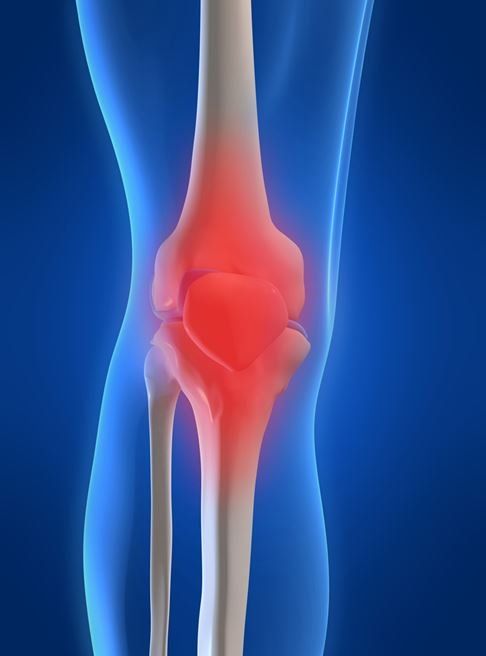Exercise Reduces AI-Induced Joint Pain in Breast Cancer Survivors
An increase in exercise led to a significant decrease in the amount of arthralgia reported by breast cancer survivors being treated with aromatase inhibitors.
Exercise lessened joint pain in breast cancer survivors treated with aromatase inhibitors.

An increase in aerobic exercise and strength training led to a significant decrease in the amount of arthralgia reported by breast cancer survivors being treated with aromatase inhibitors, according to the results of a study published recently in the Journal of Clinical Oncology.
Melinda L. Irwin, PhD, MPH, of the Yale School of Public Health, and colleagues reported that although an improvement in pain was seen after only 3 months, the largest benefit-about a 30% reduction in joint pain scores-occurred in women who continued the exercise program for 12 months.
“Given the efficacy of aromatase inhibitors in preventing breast cancer recurrence and the proportion of women who discontinue these drugs because of adverse events, interventions to improve adverse effects are important,” the researchers wrote. “On average, pain scores in women randomly assigned to exercise decreased from moderate at baseline to mild at the end of the intervention period. Women randomly assigned to exercise also experienced increases in cardiorespiratory fitness, upper- and lower-body strength, and losses in body weight.”
Irwin and colleagues enrolled 121 breast cancer survivors currently taking an aromatase inhibitor to receive either an exercise intervention or usual care. Women had to have been on an aromatase inhibitor for 6 months or longer, reporting at least 3 of 10 for the worst joint pain score on the Brief Pain Inventory, and practicing no strength training and less than 90 minutes a week of exercise.
The exercise intervention was 150 minutes per week of aerobic exercise and twice-a-week supervised strength training. The researchers noted that although their strength training was supervised, “community-based exercise programs are increasingly available, such as LIVESTRONG at the YMCA, which offers free exercise programs to cancer survivors at various YMCA locations across the United States.”
At 12 months, women assigned to exercise attended 70% of the resistance training sessions and increased their exercise by a mean of 159 minutes per week compared with 49 minutes a week in the usual care group.
Baseline worst pain scores were 5.6 for women assigned exercise and 5.9 for those assigned usual care. Women assigned the intervention decreased their worst pain scores by an average of 1.6 points (29%) compared with 0.2 points in women assigned to usual care (P < .001).
The researchers reported that there was no dose-response effect of exercise on arthralgia assessed using the Brief Pain Inventory, the Disabilities of Arm, Shoulder and Hand (DASH) questionnaire, or the Western Ontario and McMaster Universities Osteoarthritis index (WOMAC).
“Greater attendance to strength training sessions, more minutes per week of aerobic exercise, and larger increases in VO2 max or one-repetition maximum were not associated with greater improvements in arthralgia, implying that the average exercise adherence observed in our study of 2 hours per week of aerobic exercise and twice-per-week strength training sessions, performed over 1 year, is optimal for improving aromatase inhibitor–associated arthralgia,” the researchers wrote.
Newsletter
Stay up to date on recent advances in the multidisciplinary approach to cancer.